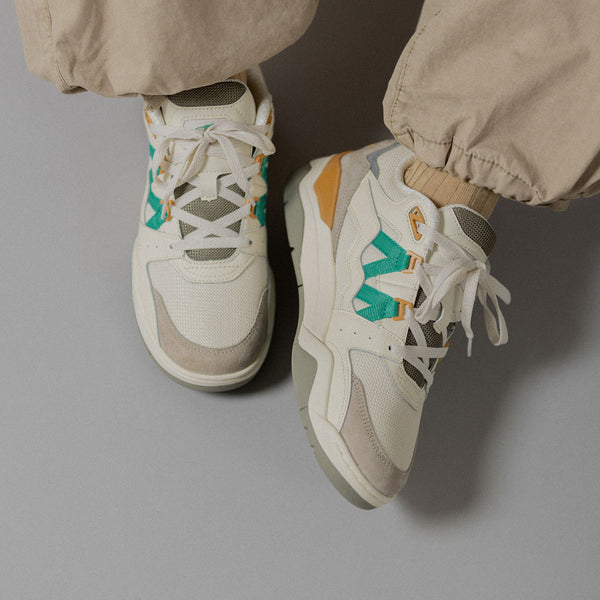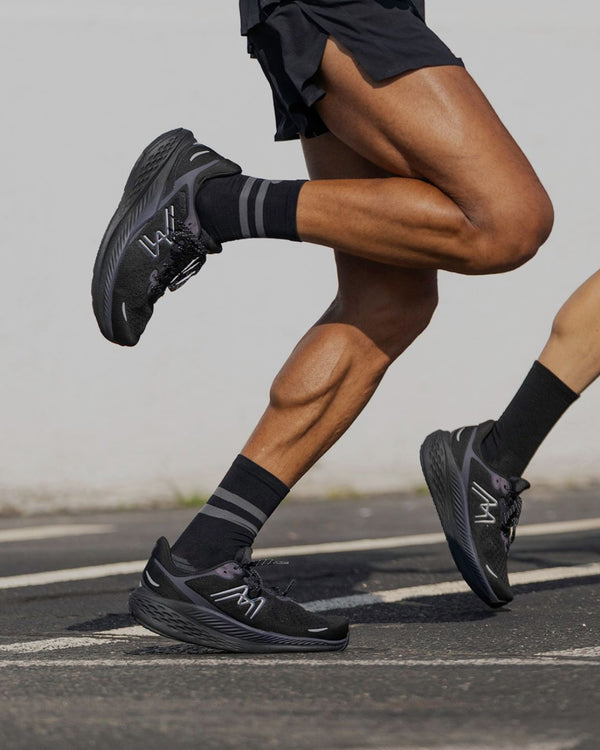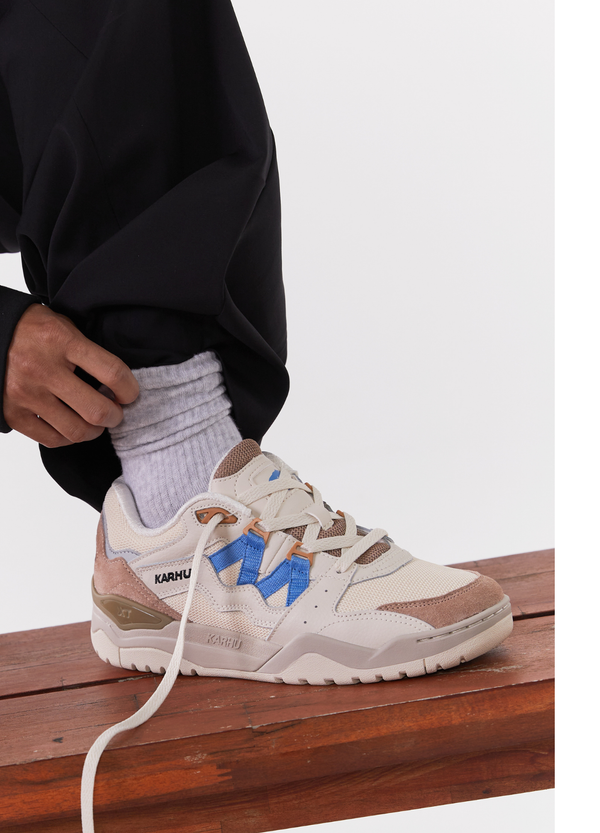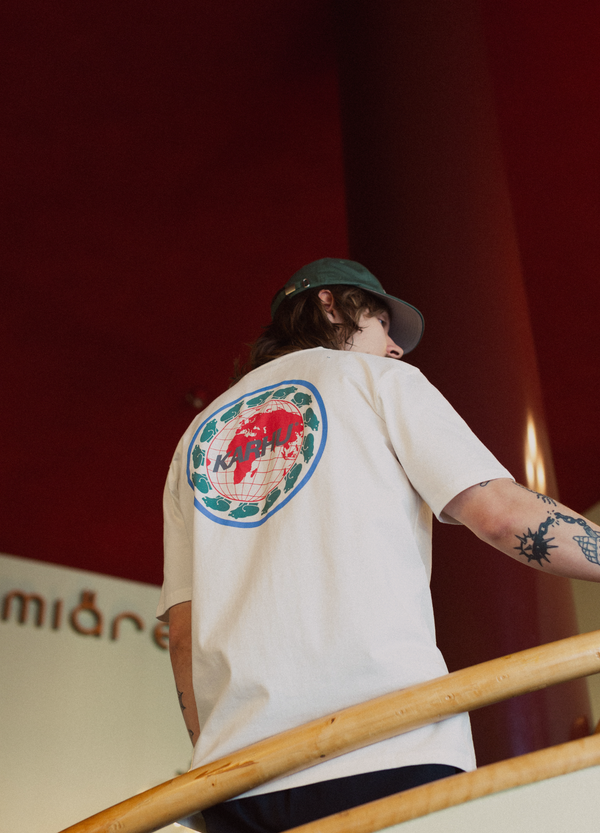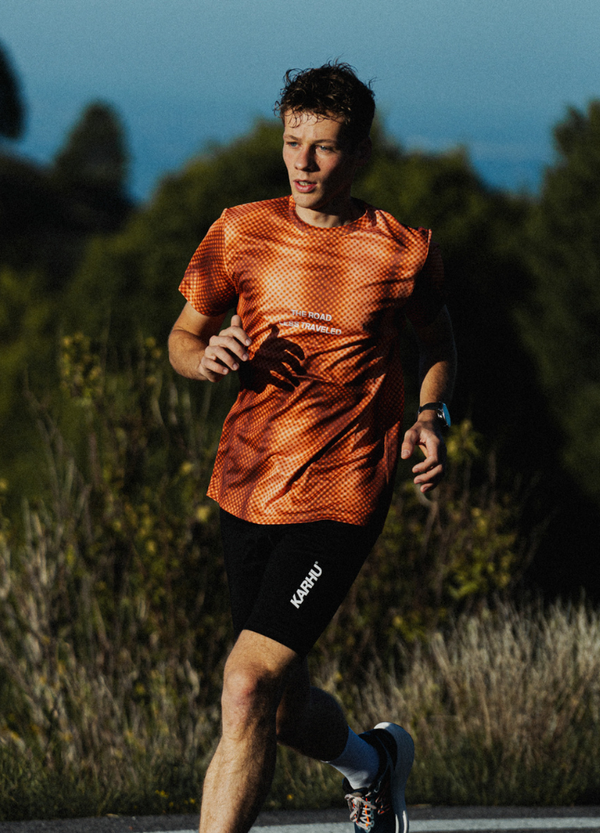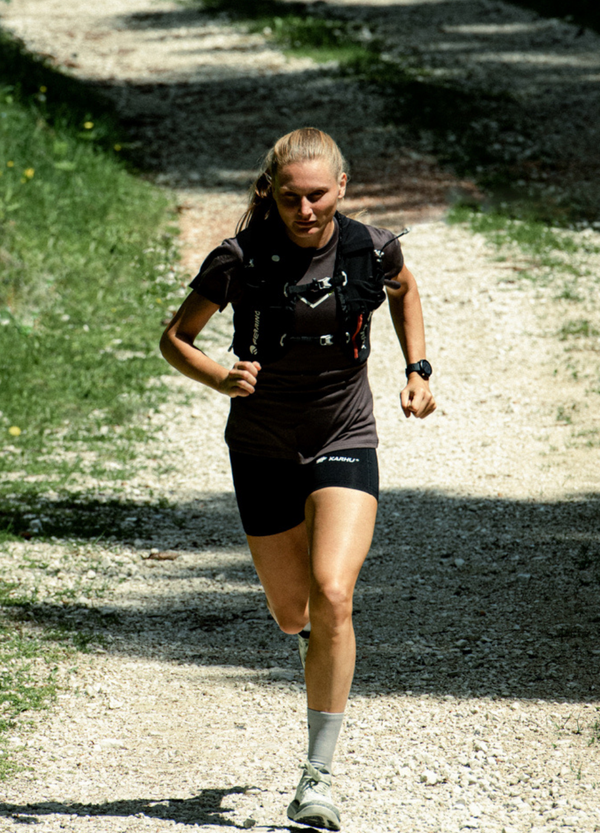

JOIN THE CHAMPS - ORIGINS
In 1934, the Municipal Stadium in Turin hosted the first edition of the European Athletics Championships. Prior to that time, in 1932, what was then the International Amateur Athletics Federation (IAAF) created a special committee to explore the possibility of organizing a European Championships in Athletics. The following year, the IAAF Council appointed a permanent European Committee. The Committee met for the first time in Budapest on 7 January 1934 and the first European Athletics Championships were staged later that year in Turin. This first official event attracted 224 athletes from 23 nations. Women’s athletics debuted four years later at the 1938 European Championships which were split between Paris—where the men's events were held—and the women’s venue at the Praterstadion in Vienna. This marked the first time in history that women were allowed to compete on a professional level. Despite being held at a completely separate venue, it was nevertheless a groundbreaking moment in women's sport. Not until the 1946 European Championships in Oslo, Norway would male and female athletes compete at the same venue.

MATTI JÄRVINEN, FINNISH JAVELINIST
During the first European Athletics Championships in Turin, Matti Järvinen threw a new world record of 76.6 meters in the javelin. This was just one of ten career world records set by the revolutionary Finnish javelin thrower and KARHU pioneer-athlete. The Tampere native dominated his field throughout the 1930s, inspiring generations of javelin throwers thereafter and helping to spread KARHU’s notoriety to disciplines outside of running. In addition to his victory in Turin, Järvinen secured yet another European gold at the following Championships in Paris. This came on the heels of his gold medal winning performance at the 1932 Olympic Games in Los Angeles where Järvinen swept the competition by surpassing the daunting distance of 70 meters in five of his six attempts to ultimately win with a throw of 72.71 meters.
Legend has it that the tower of the Helsinki Olympic Stadium stands at precisely 72.71 meters as a tribute to Järvinen’s greatness. Known for his sound mechanics and the distinct ‘rainbow’ arc of his throws, Järvinen set a personal record in 1936 with an impressive 77.23 meters. To this day, he remains the only javelin thrower in history to have achieved ten consecutive world records.

CLAUDIA TESTONI, ITALIAN ATHLETE
At the 1938 European Athletics Championships in Vienna, Claudia Testoni set the world record in the 80-meter hurdles at 11"6. This massive achievement served as redemption for the Berlin Olympics two years prior when Testoni finished just out of medal contention in fourth place. What’s more, Testoni wasn’t even supposed to be at these European Athletics Championships due to an eye problem. Together with Ondina Valla, she was the most outstanding representative of early Italian women’s athletics and one of the brightest symbols of women’s sport throughout Europe. The rivalry between these two female pioneer-athletes took place solely on the track and was secondary to their genuine friendship. Their contests, both national and international, entertained a global audience and laid the foundation for the athletic future of an entire continent of women. Testoni was an impressive all-around athlete having earned worldwide success in the hurdles, the long jump, and the high jump (for which she also held the record).

KARHU EVOLUTION
KARHU was founded in 1916 in Helsinki under the name ‘Oy Urheilutarpeita’, meaning “sports equipment”. After a few years, the first image of a bear—the animal destined to become the name and symbol of the brand—appeared above their quaint store in the Finnish capital. Throughout the 1920s, KARHU (which means “bear” in Finnish) specialized in technical equipment for skiing, running, and other disciplines such as javelin and discus. With the help of both male and female Finnish athletes, the brand was well represented at the European Championships in 1934 and 1938.

While Finland performed well enough across all disciplines to secure second place in both Turin and Paris/Vienna, it was their achievements in running that truly set them apart from the rest of the competition.

However, Finland’s triumph around the track was not limited to these early European Championships. In fact, the first half of the 20th century was dominated by Finnish runners and their incredible achievements..

These “Flying Finns” proudly wore KARHU shoes, and the brand eventually came to be known as ‘mestarin jalkinee’—the shoe of champions. Today, ninety years after their debut at the very first European Championships, KARHU is proud to be back and sponsoring this year’s events in Rome.
Photo Credits - IMAGO / UIG / Ed Gar / Imagebroker / United Archives / TopFoto
